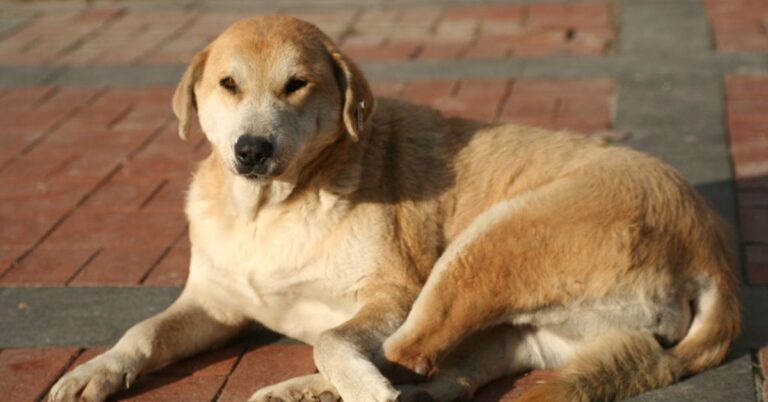10 Incredible Roles Military Dogs Play In Service
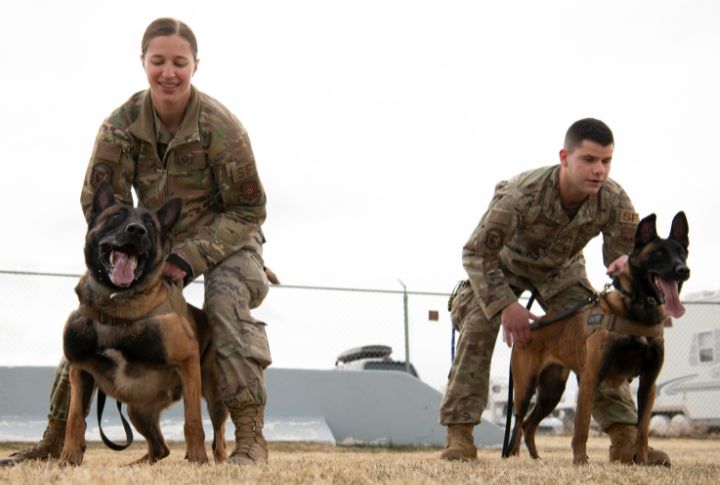
Due to their fearlessness and highly skilled personality, Military Working Dogs (MWDs) are essential to armed forces worldwide. They serve alongside soldiers in high-risk missions for different roles. These warriors carry out life-saving duties with unmatched dedication, which proves that courage and loyalty come in all forms—even on four paws. Let’s meet these dogs in service.
Explosive Detection
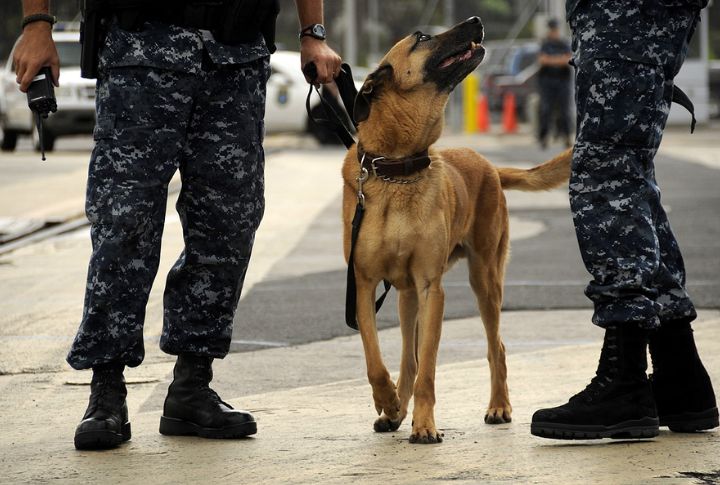
Breeds such as Belgian Malinois detect explosives with remarkable accuracy, which they use to identify hidden threats long before human personnel can. Their highly trained noses can distinguish individual chemicals within explosives, and that makes them an irreplaceable defense against deadly ambushes and roadside attacks.
Water Rescue
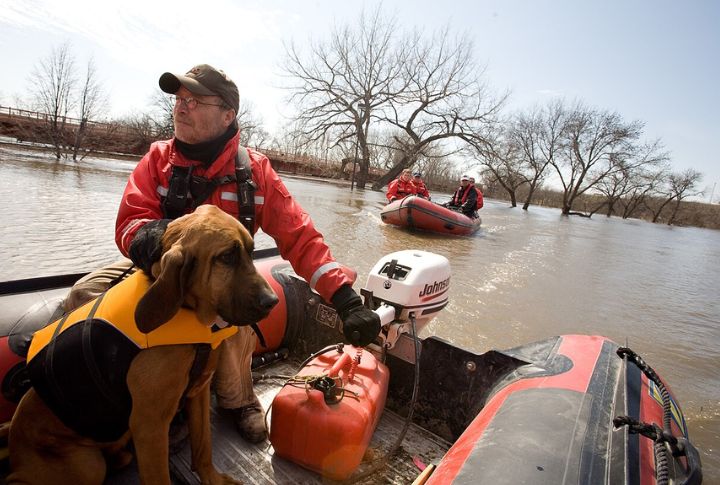
Water Rescue dogs go beyond swimming. Trained for aquatic missions, they haul gear through waves, retrieve important objects, and assist in emergencies. These skilled dogs navigate strong currents, demonstrating their remarkable ability to perform life-saving tasks in challenging conditions.
Night Operations

With heightened senses and specialized night-vision gear, military dogs steer through pitch-black environments undetected. The ability to spot movement in low light makes them perfect for stealth missions. Special Forces also rely on them to operate silently, especially for gathering intel and keeping teams undetected.
Base Security
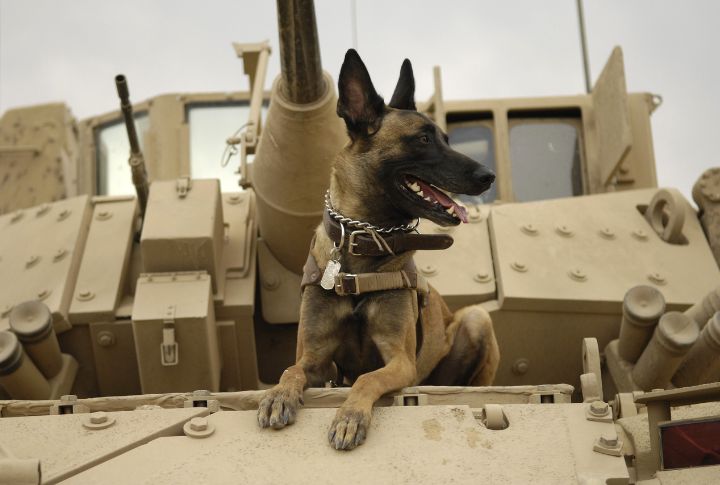
No intruder slips past an MWD. It could be patrolling perimeters or standing guard at checkpoints; what matters is that they don’t miss detecting threats before they become a problem. Unlike cameras and alarms, they react in real time. This makes them one of the most reliable security measures in military installations.
Mine Detection
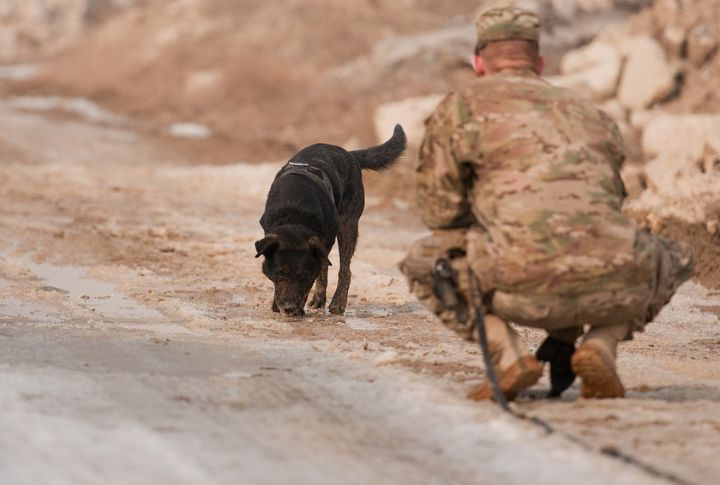
These dogs lead the way across dangerous ground, trained to sniff out hidden explosives like landmines and improvised devices. Their precision prevents deadly accidents during missions and patrols. Without them, clearing areas would be slower and far riskier for soldiers and civilians who rely on safe passage.
Combat Support
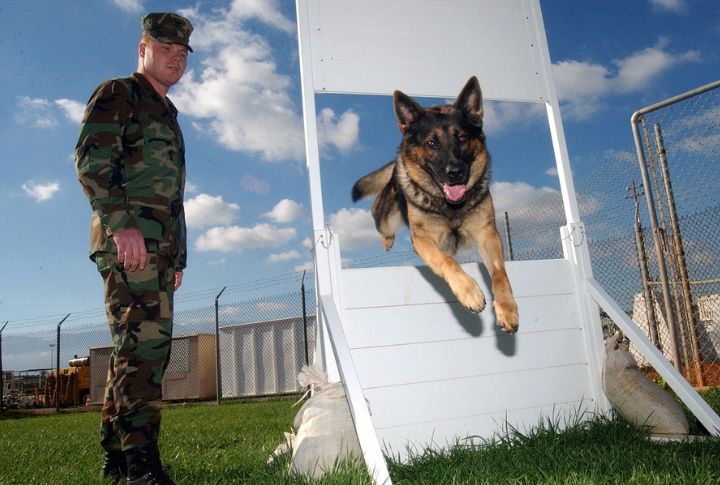
Be it jumping from helicopters or storming enemy hideouts, defense dogs are fearless warriors. Rigorous training prepares them for high-risk operations where hesitation isn’t an option. That’s why Special Forces Units often deploy them with protective gear that helps keep them safe while carrying out dangerous tasks.
Medical Assistance
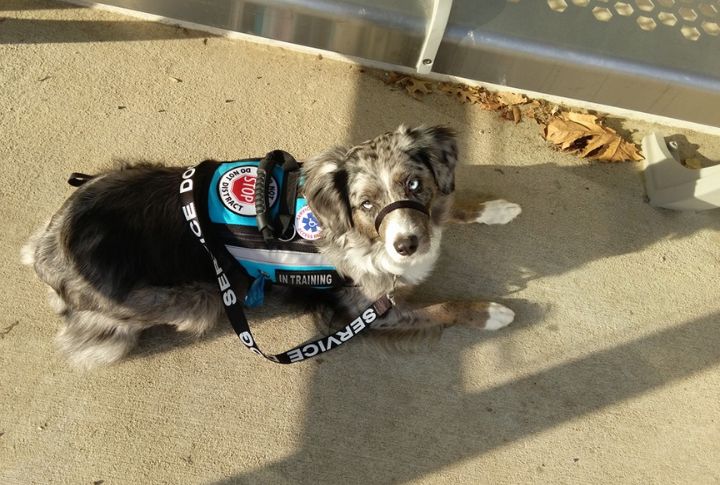
Battlefield medicine requires swift action, and military dogs, trained to locate medics and transport supplies, deliver both practical and emotional support to injured soldiers. The steady presence of these animals helps reduce stress and provides stability for the wounded until further medical assistance arrives.
Drug Detection
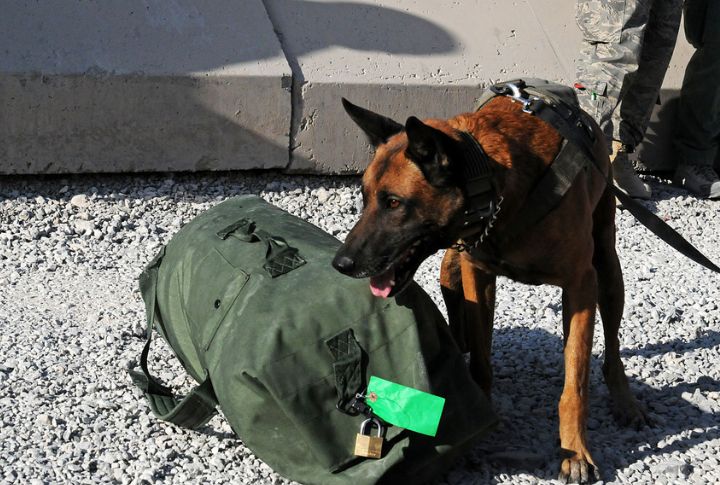
Defense dogs, especially German Shepherds, are trained to detect hidden narcotics in cargo, vehicles, and even on people. Their sense of smell is so precise that they can locate drugs sealed inside airtight containers or hidden in metal canisters.
PTSD Support
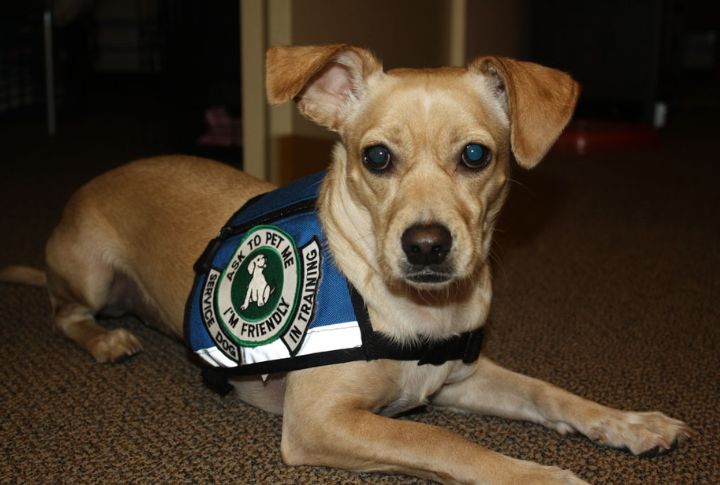
Service doesn’t stop when operations end. Many retired armed forces dogs continue their mission by assisting veterans with PTSD. By offering unwavering companionship and support, these dogs ease nightmares and foster emotional stability, and dog breeds like Labrador Retrievers are often seen providing this service.
Tactical Communication
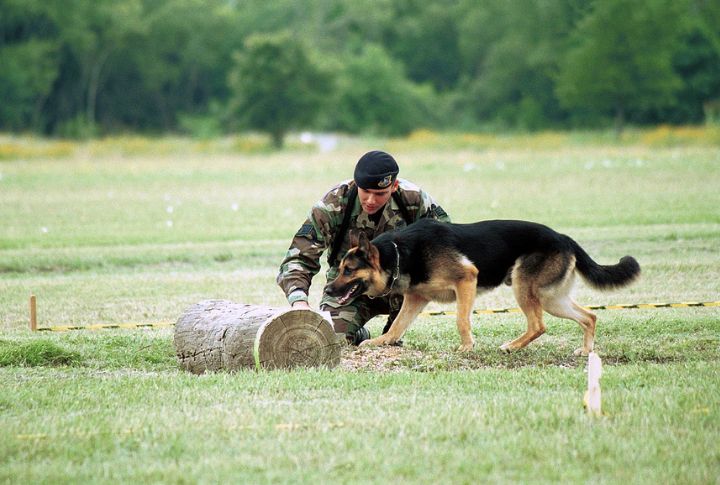
Silent and precise, battle dogs respond to hand signals and subtle gestures, which makes them perfect for covert operations. These dogs interpret non-verbal commands that allow units to maneuver through dangerous terrain without alerting enemies or compromising the mission’s success.


